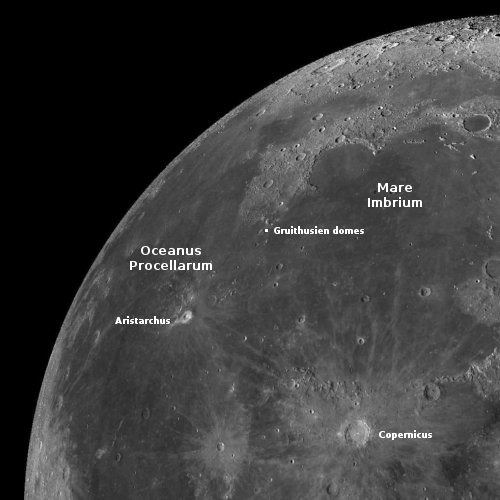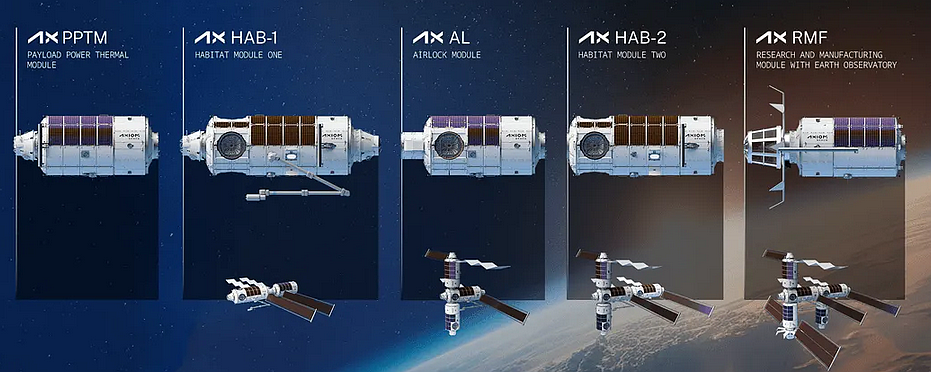Using Hubble to monitor a fading supernova
Cool image time! The picture to the right, cropped, reduced, and sharpened to post here, was taken by the Hubble Space Telescope as part of a monitoring program of the fading supernova that occurred in this galaxy in 2014, 60 million light years away. I have added a white dot to indicate the approximate location [pdf] of that supernova, as it is now too dim to see clearly in the original image. From the caption:
Researchers have determined that SN 2014cx was a Type IIP supernova. The “Type II” classification means that the exploding star was a supergiant at least eight times as massive as the Sun. The “P” stands for plateau, meaning that after the light from the supernova began to fade, the level reached a plateau, remaining at the same brightness for several weeks or months before fading further. This type of supernova occurs when a massive star can no longer produce enough energy in its core to stave off the crushing pressure of gravity. SN 2014cx’s progenitor star is estimated to have been ten times more massive than the Sun and hundreds of times as wide. Though it has long since dimmed from its initial brilliance, researchers are still keeping tabs on this exploded star, not least through the Hubble observing programme which produced this image.
The blue regions in the galaxy’s periphery suggest younger stars, while the gold color in the interior suggests an older population.
Cool image time! The picture to the right, cropped, reduced, and sharpened to post here, was taken by the Hubble Space Telescope as part of a monitoring program of the fading supernova that occurred in this galaxy in 2014, 60 million light years away. I have added a white dot to indicate the approximate location [pdf] of that supernova, as it is now too dim to see clearly in the original image. From the caption:
Researchers have determined that SN 2014cx was a Type IIP supernova. The “Type II” classification means that the exploding star was a supergiant at least eight times as massive as the Sun. The “P” stands for plateau, meaning that after the light from the supernova began to fade, the level reached a plateau, remaining at the same brightness for several weeks or months before fading further. This type of supernova occurs when a massive star can no longer produce enough energy in its core to stave off the crushing pressure of gravity. SN 2014cx’s progenitor star is estimated to have been ten times more massive than the Sun and hundreds of times as wide. Though it has long since dimmed from its initial brilliance, researchers are still keeping tabs on this exploded star, not least through the Hubble observing programme which produced this image.
The blue regions in the galaxy’s periphery suggest younger stars, while the gold color in the interior suggests an older population.












